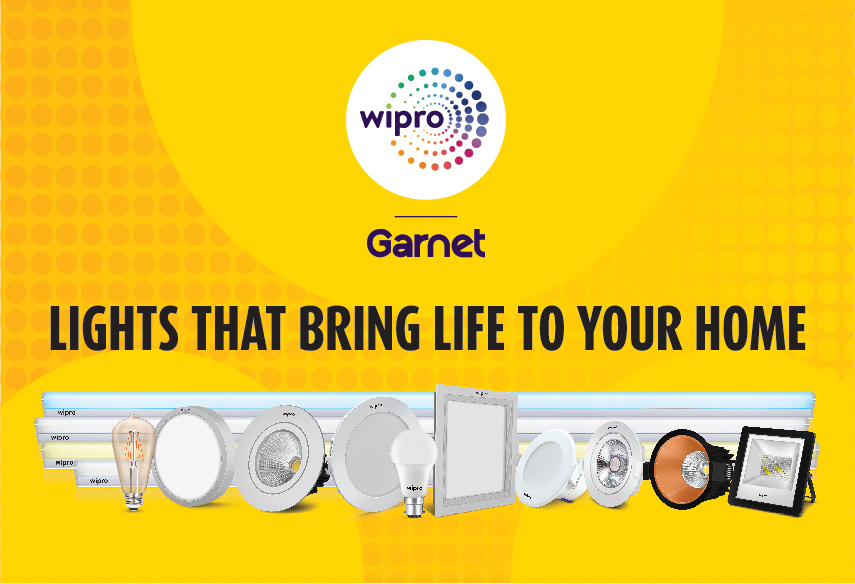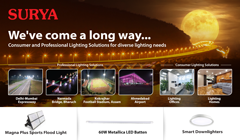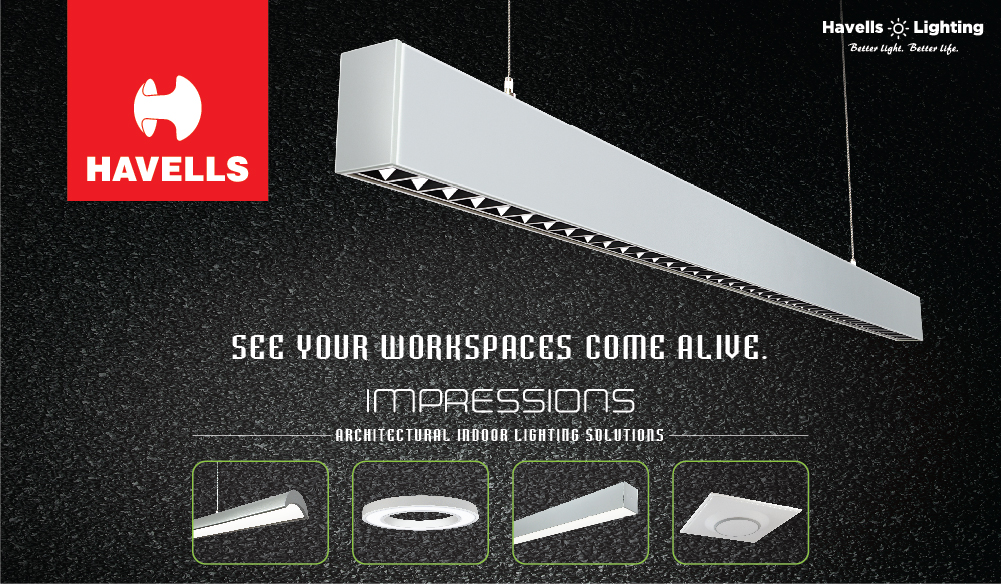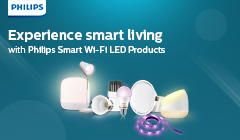Journey through times – Major Milestones
| Sun | |
| 65 million years BC | Fire |
| 450 BC | Oil Lamp (Egypt) |
| 1808 AD | Carbon Arc Lamp(Davy) |
| 1879 AD | Incandescent Lamp (Edison) |
| 1906 AD | High Pressure Mercury Discharge Lamp |
| 1910 AD | Drawn Tungsten Filament Lamp |
| 1923 AD | Low Pressure Sodium Vapour Lamp |
| 1924 AD | Gas Filled Incandescent Lamp |
| 1933 AD | Auto Motive Lamp and Fluorescent Discharge Lamp |
| 1958 AD | Laser Beam Light Source |
| 1963 AD | Metal Halide Lamp |
After years of research and development, the lighting industry has been able to provide the world with light sources that have higher efficiencies, better colour rendering and larger capacities to save energy in the most cost-effective manner.
The improvement in electric light sources will continue to be a challenge for scientists of all disciplines, as they strive to achieve the highest possible efficiency of 683 lumens per watt in light sources, of which only about 200 lumens per watt can be produced today.
Lighting Industry In India
The seven decades of the lighting industry in India has been a period of transition and growth. Its development from the status of an importer of finished products to assembling components and finally to a largely indigenous and self sufficient producer of lighting systems has been a gradual and revolutionary process, producing today General Service Lamps, Fluorescent Tubes, High Intensity Discharge Lamps, Halogen, Dichroic and Compact Fluorescent Lamps.
The emphasis on the power sector and its phenomenal growth and distribution laid the foundation for the lighting industry in India. In the sixties, serious foreign exchange problem in the country encouraged production of vital lamp components in India. In the nineties, the government liberalisation policies saw international players in the lighting field participate actively in the Indian market as well as in exports.
Keeping in mind the massive rural electrification programme and the emergence of strong middle class, a demand explosion both in quantity and types is likely to occur in near future with emphasis on energy saving light sources.
Lack of economies of scale coupled with high input costs of raw material and components result in uncompetitive prices impeding export efforts. The trend has however started changing with companies paying serious attention to bettering organisational efficiencies and participating competitively in the vast international market for lamps as well as components.
There has been effective widening of locally produced range of lamps along with serious advent of electronics in lighting, thereby supplying better, more efficient and cheaper lighting systems with improved aesthetics. The future of the industry envisages immense prospects of growth and development for technologically advanced and cost effective organisation.
Miniaturisation, electronic circuitry, newer chemicals, better luminaires are all providing the world with products of larger light output at minimum cost helping energy conservation.
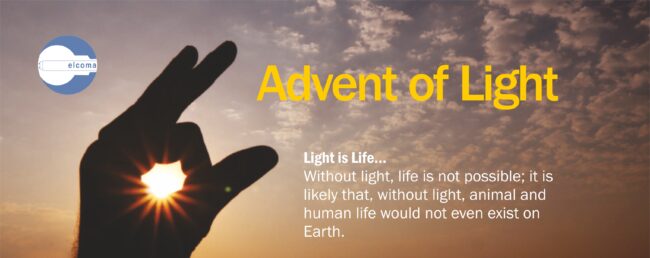
Light causes flowers to bloom, the colors of marine life to become more enticing and the snows to melt that provide us life-giving waters…
Human beings have been able to harness the power of Light for different applications: from healing and curing humans to growing vegetables in space; from brightening our lives and making each day more productive to transporting data at incredible speeds and laser beams to cut through materials, light is now a part of our daily lives in ways we never thought possible.
Discovery of Light
From the time when the first incandescent lamp was invented more than 40 years ago by Thomas Edison and other notable inventors, the bulb remained the ‘King of Illumination’ for more than 5 decades. Over time, research and innovations continued to improve the bulbs and make it more efficient.
In 1910, Electric Gas Discharge Lamps, called Vapour Lamps, were invented and successfully demonstrated by a French inventor Georges Claude using neon gas. Later different versions of this lamp were introduced using argon, krypton, mercury, radium and xenon gases for different applications. The breakthrough came in 1938 when George Inman successfully demonstrated a perfect Fluorescent Lamp. This was the most energy efficient lamp ever produced at that time.
Shuji Nakamura invented latest technology in LED as he researched for Blue & White LED. He was accorded with Nobel Prize for his invention.


